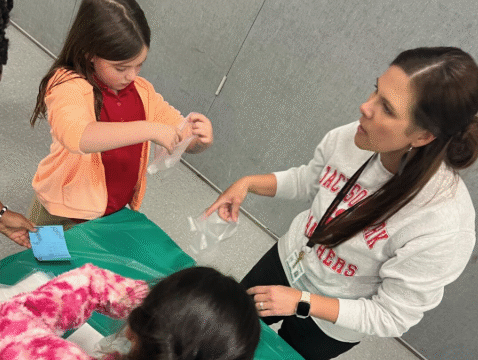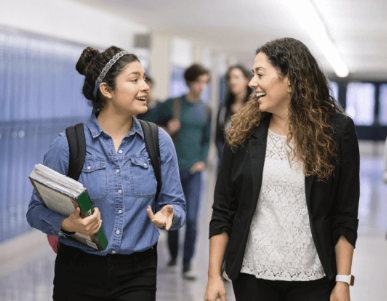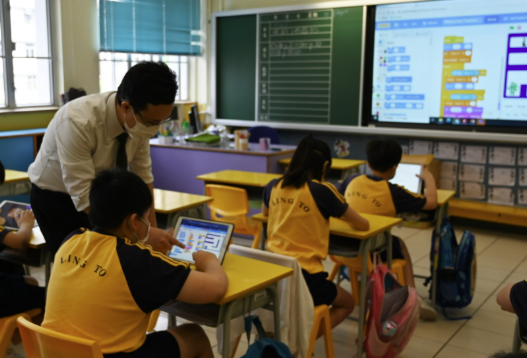Creating inclusive learning environments means ensuring that every voice is heard and valued—especially those that have historically been marginalized. School leaders, educators, and communities all play a role in amplifying voices that may have been overlooked. Empowering marginalized students fosters equity, belonging, and academic success for all.
Create a Culture of Belonging
Empowerment begins with a sense of belonging. Schools should cultivate environments where every student feels respected and included. This can be achieved through welcoming language, inclusive visuals and materials, and classroom practices that honor diverse backgrounds and experiences.
Listen Actively and Intentionally
Listening is a powerful tool for empowerment. Educators and leaders should create spaces where students can share their stories, concerns, and ideas without judgment. Student surveys, focus groups, and open forums help uncover perspectives that may not be heard through traditional channels.
Incorporate Diverse Perspectives in Curriculum
Curriculum should reflect the rich diversity of the school community and the world. Including literature, history, and media from underrepresented voices helps validate student identities and encourages critical thinking. When students see themselves represented, they feel more engaged and valued.
Foster Safe and Supportive Spaces
Psychological safety is key to empowerment. Schools should ensure that students have access to trusted adults, peer support groups, and mental health resources. Zero-tolerance policies for bullying and discrimination help maintain a respectful environment.
Support Student-Led Initiatives
Give students the tools and space to lead change. Clubs, advocacy groups, and cultural celebrations offer opportunities for marginalized students to share their heritage, advocate for equity, and take ownership of their school experience. Leadership builds confidence and amplifies impact.
Train Staff in Cultural Competency
Empowering students requires informed educators. Professional development on cultural awareness, anti-bias education, and inclusive teaching strategies helps staff create affirming learning environments. Teachers equipped with these tools are better prepared to support all students.
Engage Families and Communities
Marginalized voices are often part of larger communities that also deserve to be heard. Schools should build relationships with families by offering language support, honoring cultural traditions, and inviting participation in school events and decision-making processes.
Identify and Address Systemic Barriers
Empowerment also means removing obstacles. School leaders must review policies and practices—such as discipline procedures, access to advanced courses, and support services—to ensure they are fair and equitable. Making data-driven changes can help reduce disparities and open up opportunities.
Encourage Reflection and Growth
Reflection promotes awareness and accountability. Educators and students alike should be encouraged to reflect on their biases, language, and behavior. Growth-focused conversations and restorative practices create a more understanding and connected school community.
Conclusion
Empowering marginalized voices in schools strengthens the entire educational community. When schools prioritize inclusion, representation, and active listening, they create environments where all students can thrive. True empowerment comes from recognizing each student’s worth and giving them the support and opportunity to lead, speak, and succeed.





